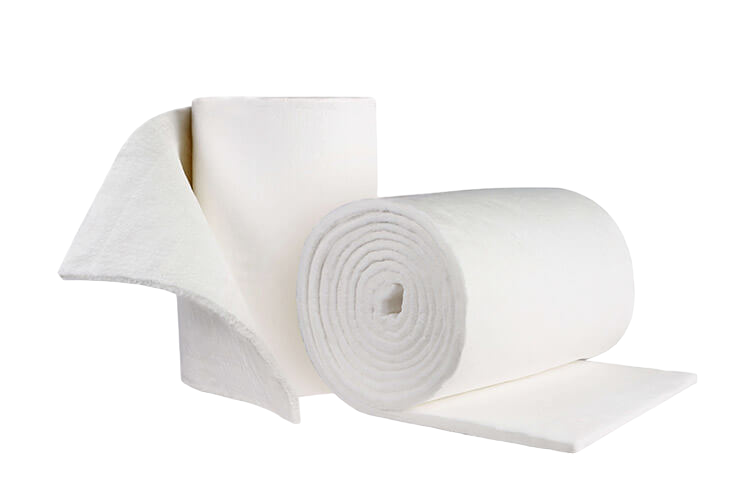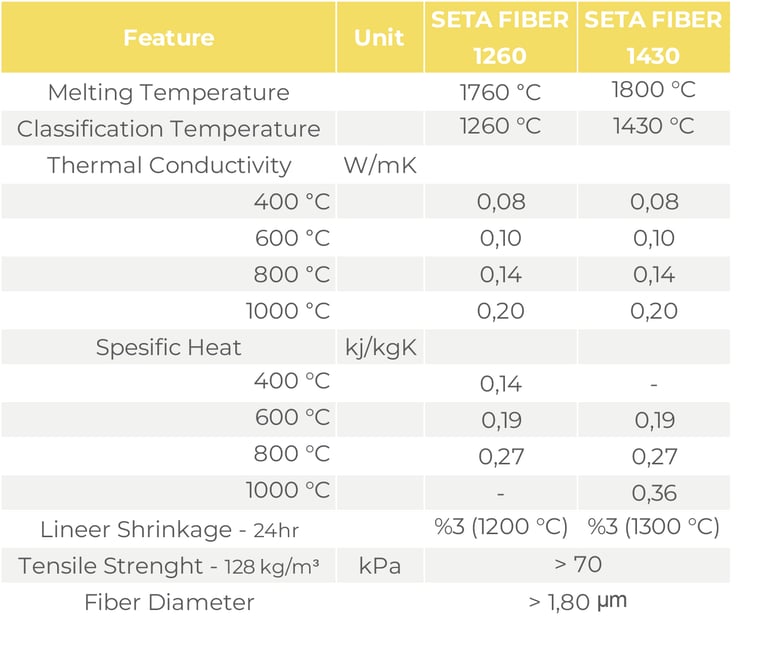Seta Blanket
Ceramic Fiber Wool Blankets
SETA FIBER




APPLICATION AREAS
•Ceramic Industry
•Steel Industry
•Refining and Petrochemical
•Power Generation
•Turbine insulation
•Firerooms
•Ceramic firing kilns
•Heat treatment furnaces under protection gase
•Box furnaces
•In ladles as insulation layer
•Glass furnaces
•All type of industrial furnaces.
•Boiler Insulation


Seta Fiber ceramic fiber blankets are produced from high purity raw materials such as synthetic alumina powder, pure silica sand, zircon sand. Ceramic fiber wool blanket is a highly efficient and versatile insulating material used in various industrial applications. Made from high-quality ceramic fibers, this blanket offers excellent thermal insulation properties, making it ideal for high-temperature environments. It can withstand extreme heat up to 2300°F (1260°C) and provides superior heat resistance, low thermal conductivity, and exceptional thermal shock resistance. The ceramic fiber wool blanket is lightweight and flexible, allowing for easy installation and handling. It is commonly used in furnaces, kilns, boilers, and other thermal processing equipment to minimize heat loss and improve energy efficiency. Additionally, this blanket is known for its excellent sound absorption capabilities, making it a popular choice in acoustic insulation applications. Overall, the ceramic fiber wool blanket is a reliable and effective solution for thermal insulation and soundproofing needs in various industries.
The high-tech manufacturing process, Seta Fiber ceramic fiber blankets show excellent properties.
Seta Fiber Ceramic fiber blankets are produced from high purity raw materials - such as synthetic alumina powder, pure silica sand, zircon sand. As a result, it has superior mechanical properties. The rate of shrinkage is very low at high temperatures.
Very low amount of non-fibrous ceramic content gives superior insulating properties. Well-formed fibers and very good needling process provide high tensile strength and long-term durability.


•High Temperature Resistance
•Low Thermal Conductivity
•Lightweight and Flexible
•Chemical Resistance
•Low thermal strinkage
•Versatile Application
•Different Forms and Configurations
•Non-combustible
•Asbestos Free
ADVANTAGES
